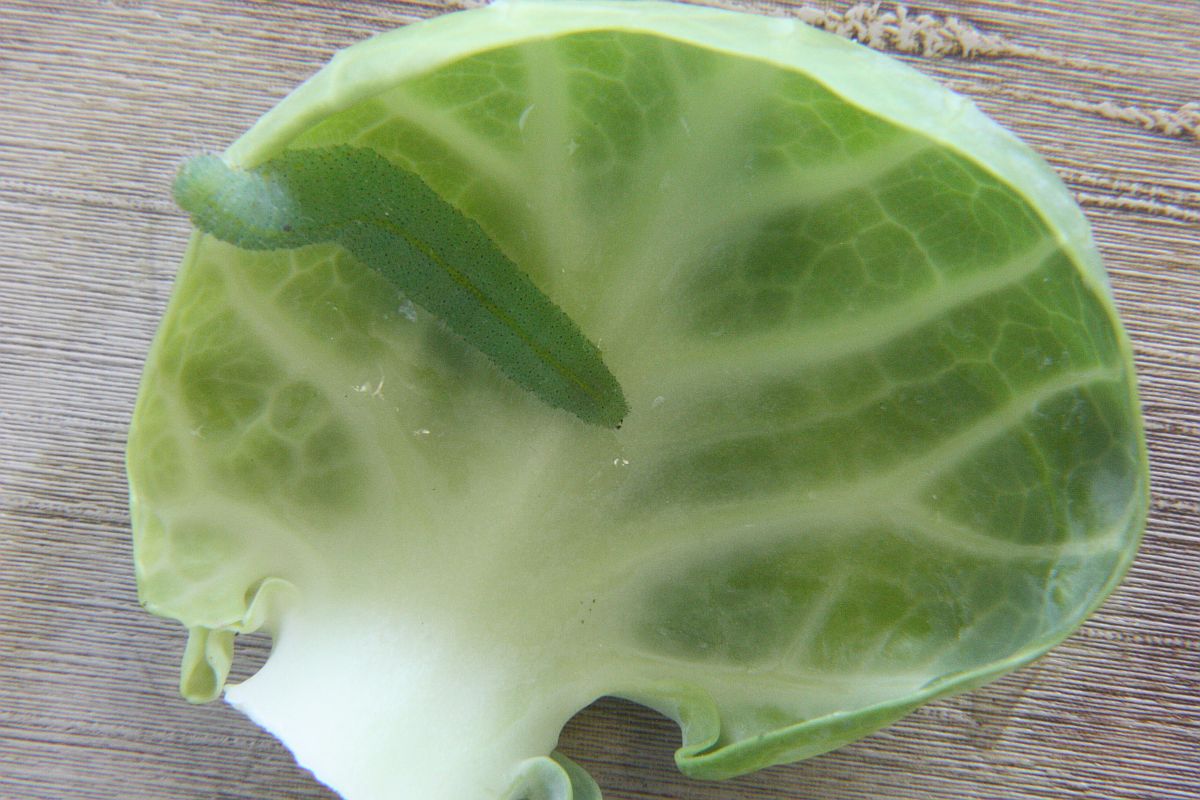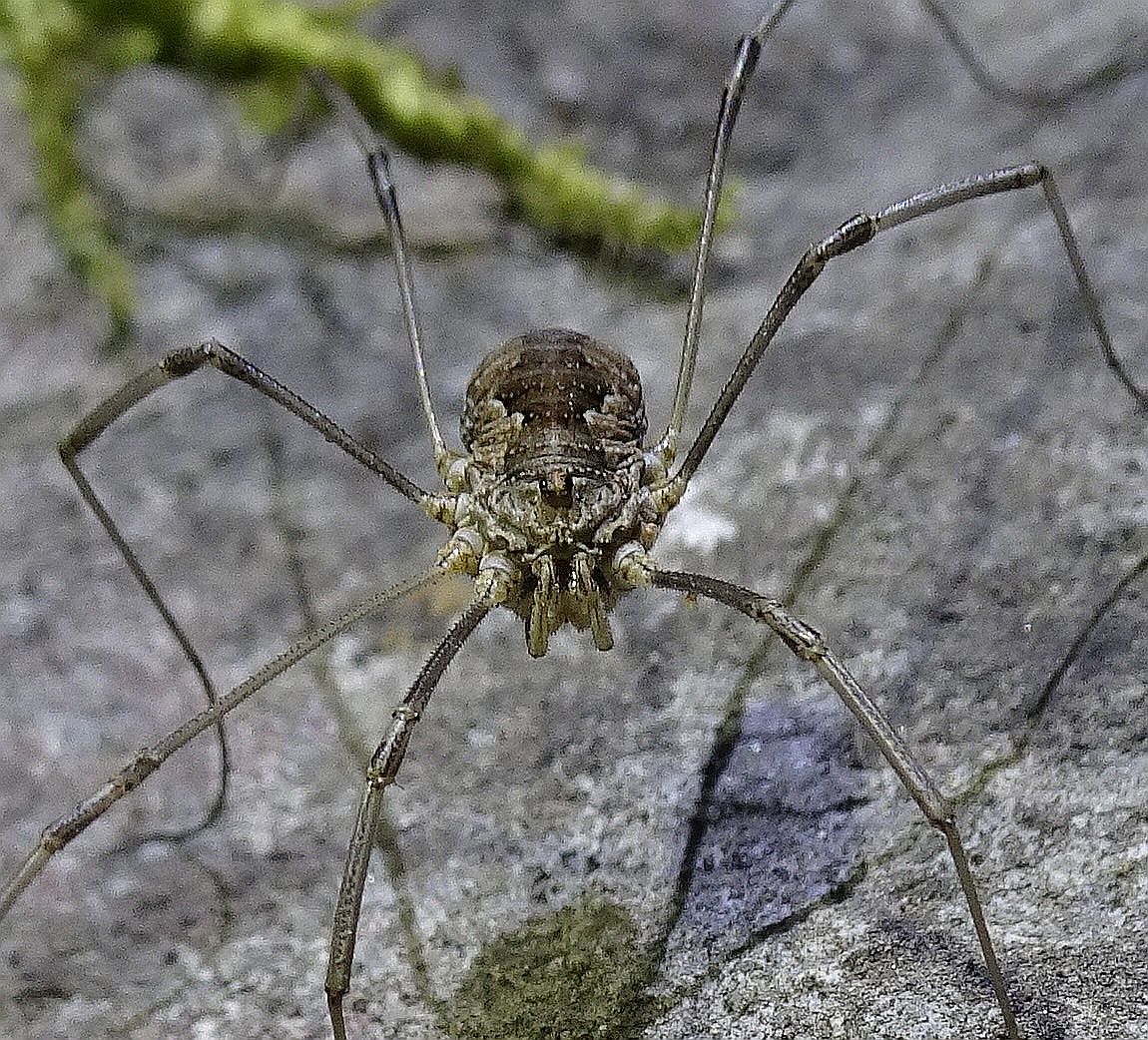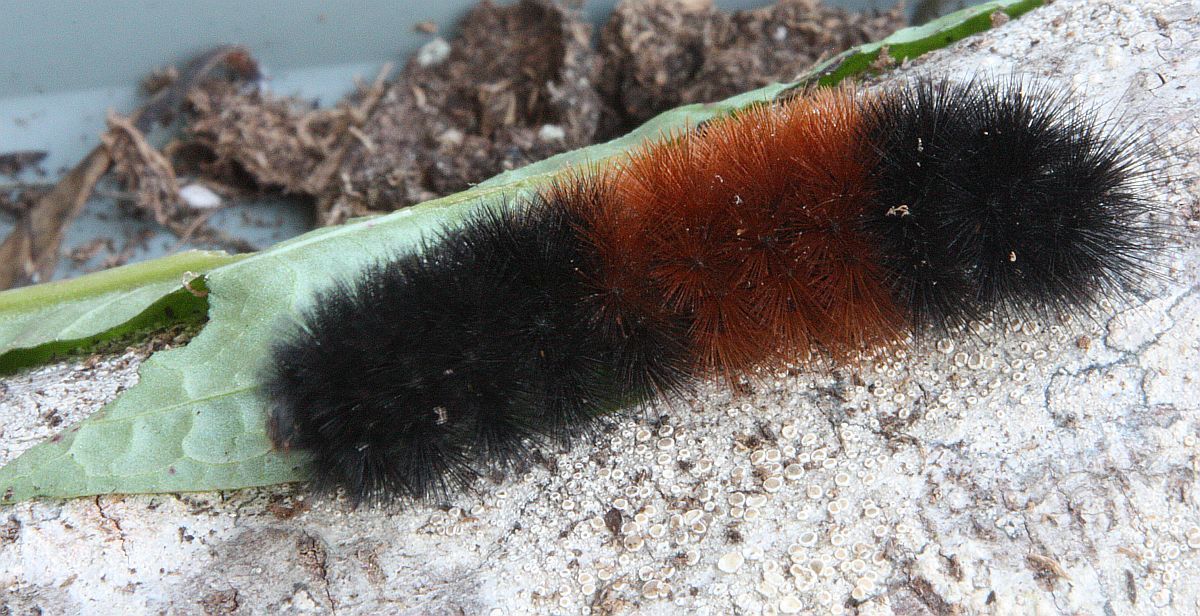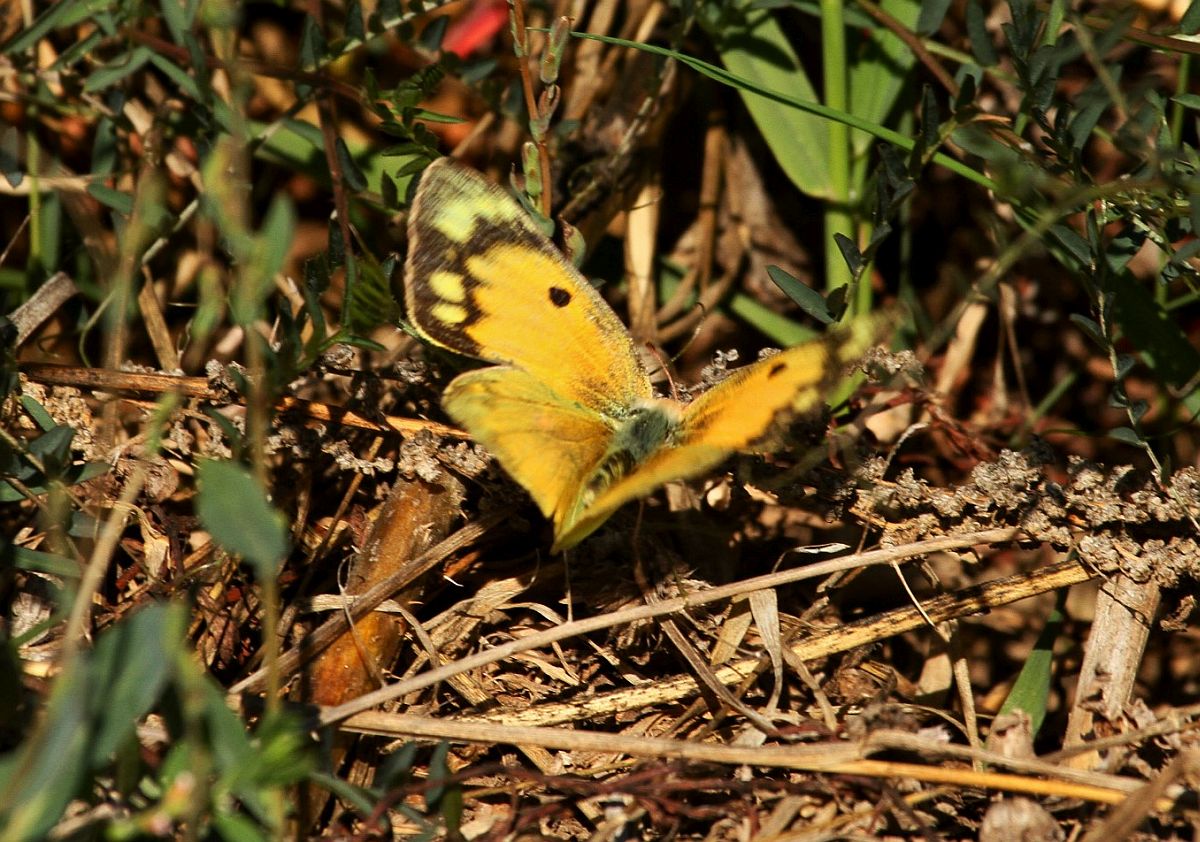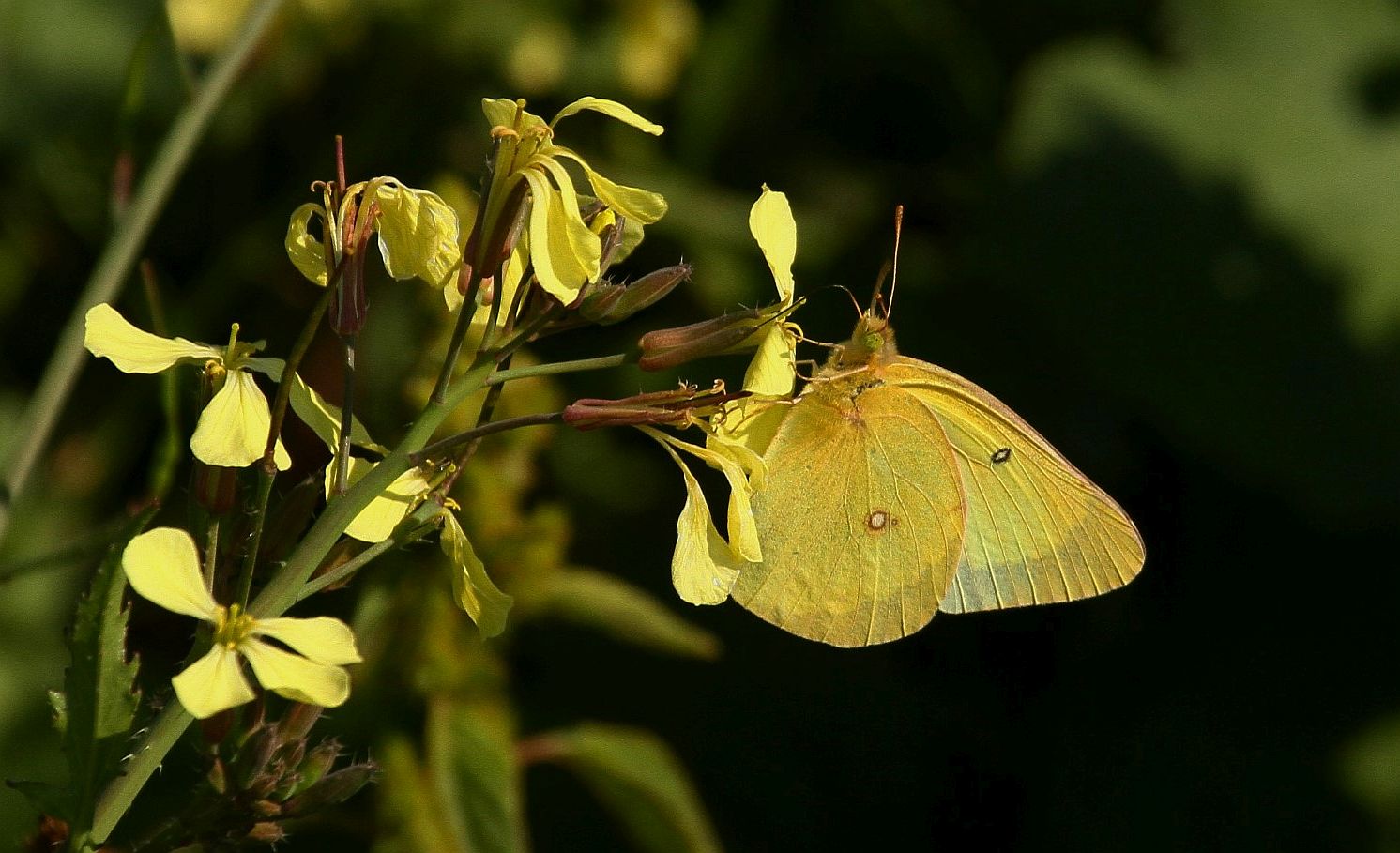2022 October 11 morning
Foodplants of the Banded Woolly Bear (Isabella Tiger Moth).
This caterpillar overwinters as a fully-grown caterpillar. It is seen most obviouslyin October, and again in March. Because it overwinters as a caterpillar, it is a difficult caterpillar to rear, and I have usually reared them from caterpillars found in March, when they have stopped feeding and are ready to pupate. Consequently I have not had a clear idea of their foodplants. Handfield lists a large number of plants, mostly low-growing herbaceous plants but also including some surprising ones such as Betula and Syringa. I offered the caterpillar shown on October 9 some leaves, not being sure whether it was still interested in eating, or was looking for somewhere to hibernate. I found that it eagerly and hungrily accepted Plantago major (included in Handfield’s list) and Rumex obtusifolium (not on his list)
Crane Flies (Tipulidae) and Winter Gnats (Trichoceridae)
The Tipulidae is a very large Family. It includes the large flies such as the familiar Tipula paludosa and similar large insects known here as crane flies and in Britain as daddy-long-legs. But it also includes many much smaller flies, which superficially bear a strong resemblance to the Winter Gnats (Trichoceridae), and the problem is to tell the difference between the winter gnats and the small crane flies. Unfortunately winter gnats can be found all year, not just in winter, so that’s no help. There is a difference in the wing venation – but that’s hard to photograph. Another important difference is that the winter gnats have three tiny ocelli on the top of their heads. The crane flies have no such ocelli.
Below are two photographs (dorsal and lateral views) by Ian Cooper of a fly that we believe belongs to one or the other of these two Families. You can see by the awkward way in which the animal holds its head that getting a clear photograph of the top of the head is going to prove quite a challenge.
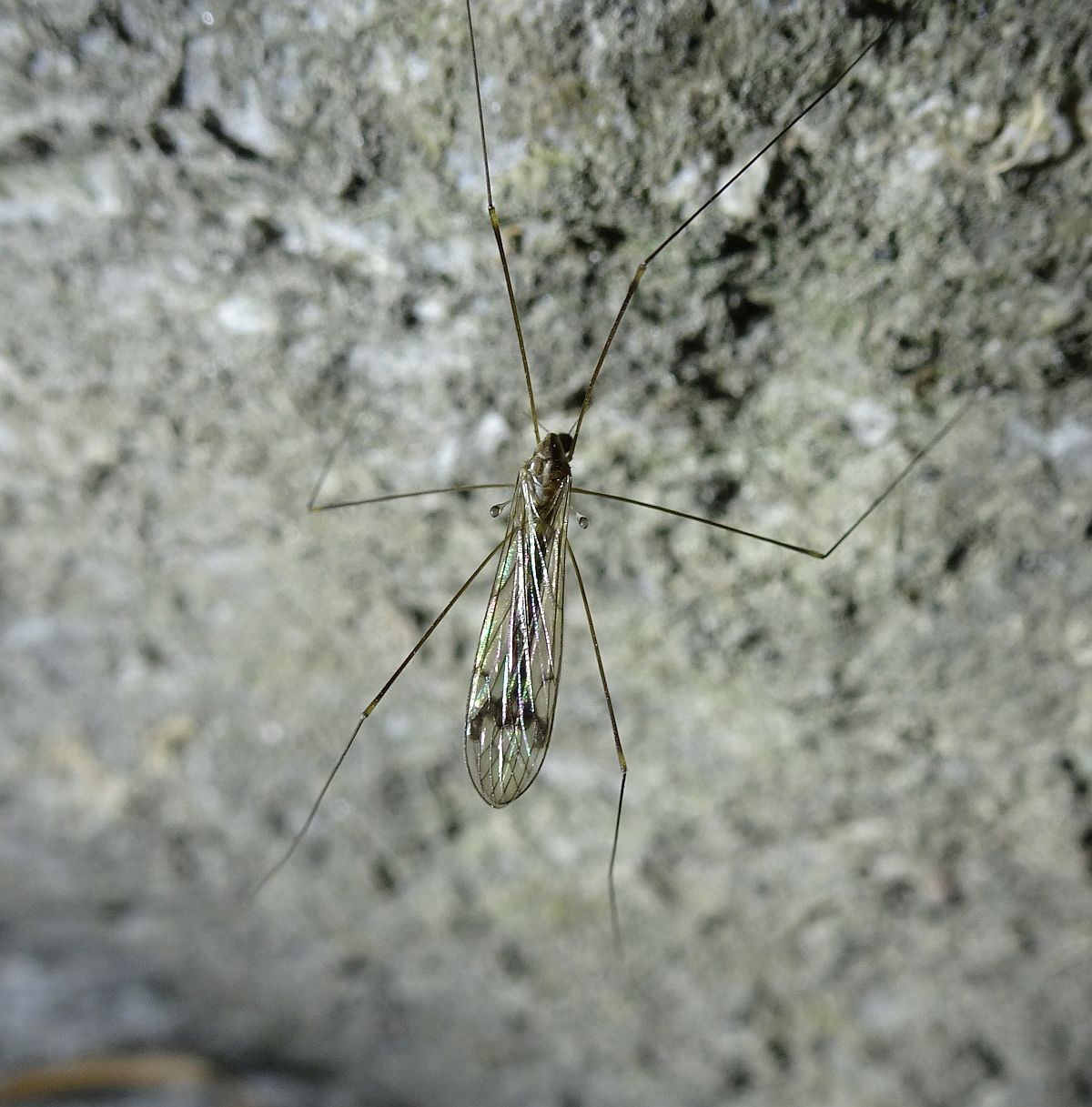
Diptera – Nematocera (Tipulidae or Trichoceridae?) Ian Cooper
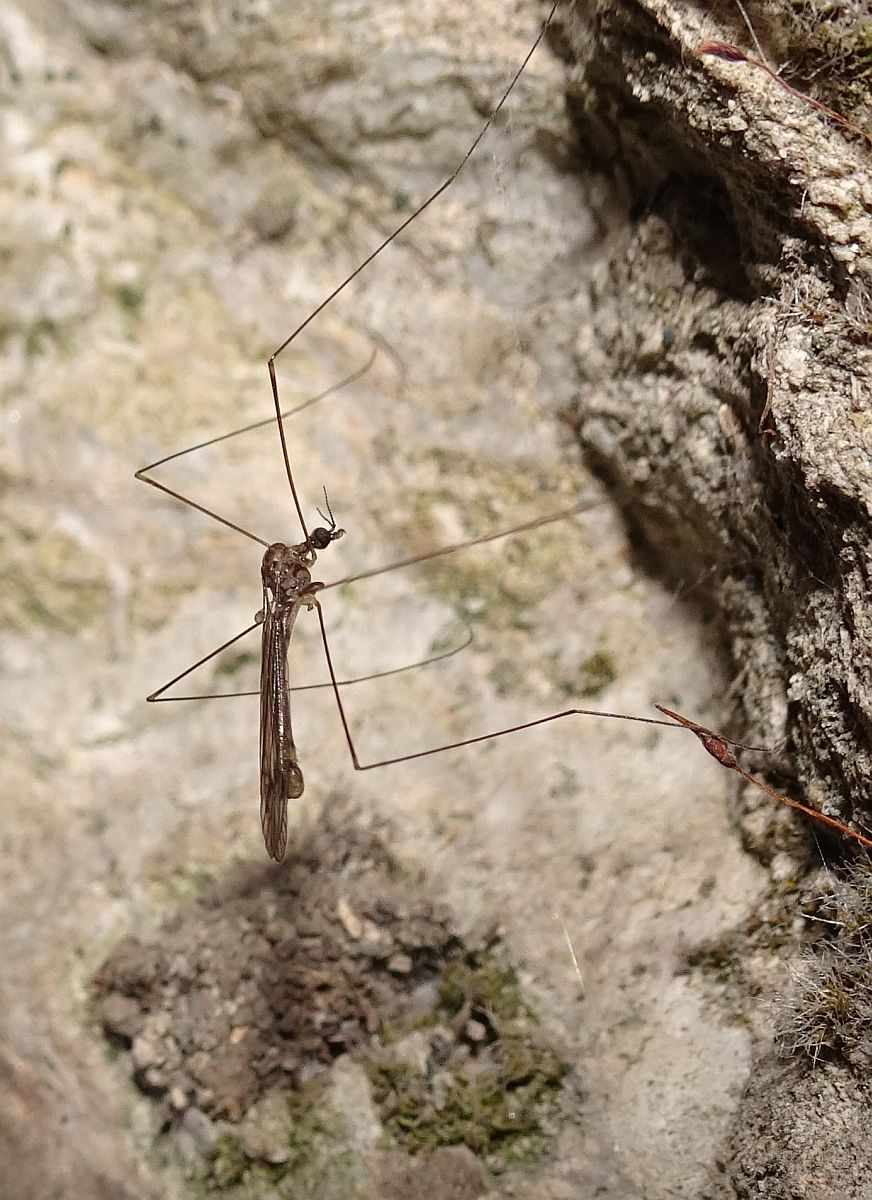
Diptera – Nematocera (Tipulidae or Trichoceridae?) Ian Cooper
The two creatures photographed below by Ian are rather easier to identify.
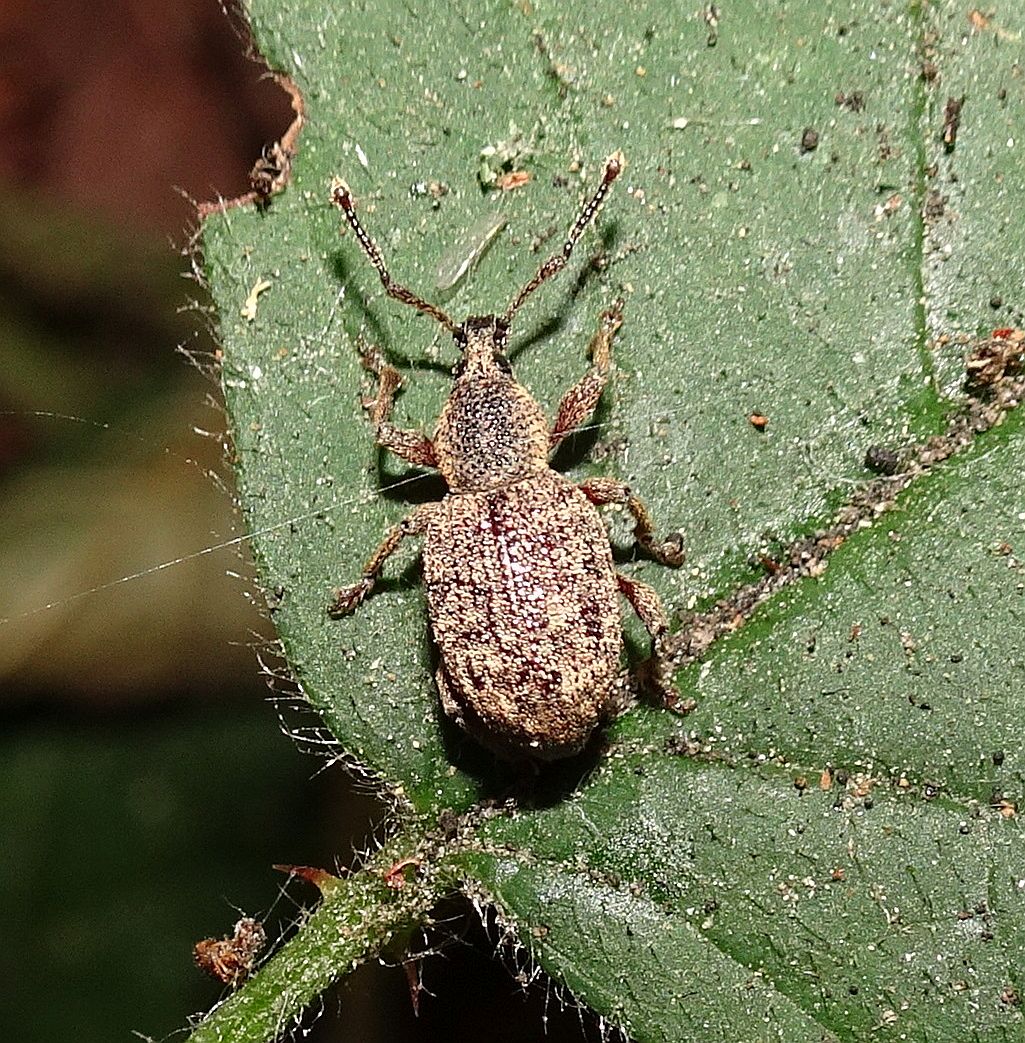 Raspberry Weevil Otiorhynchus singularis (Col.: Curculionidae) Ian Cooper
Raspberry Weevil Otiorhynchus singularis (Col.: Curculionidae) Ian Cooper
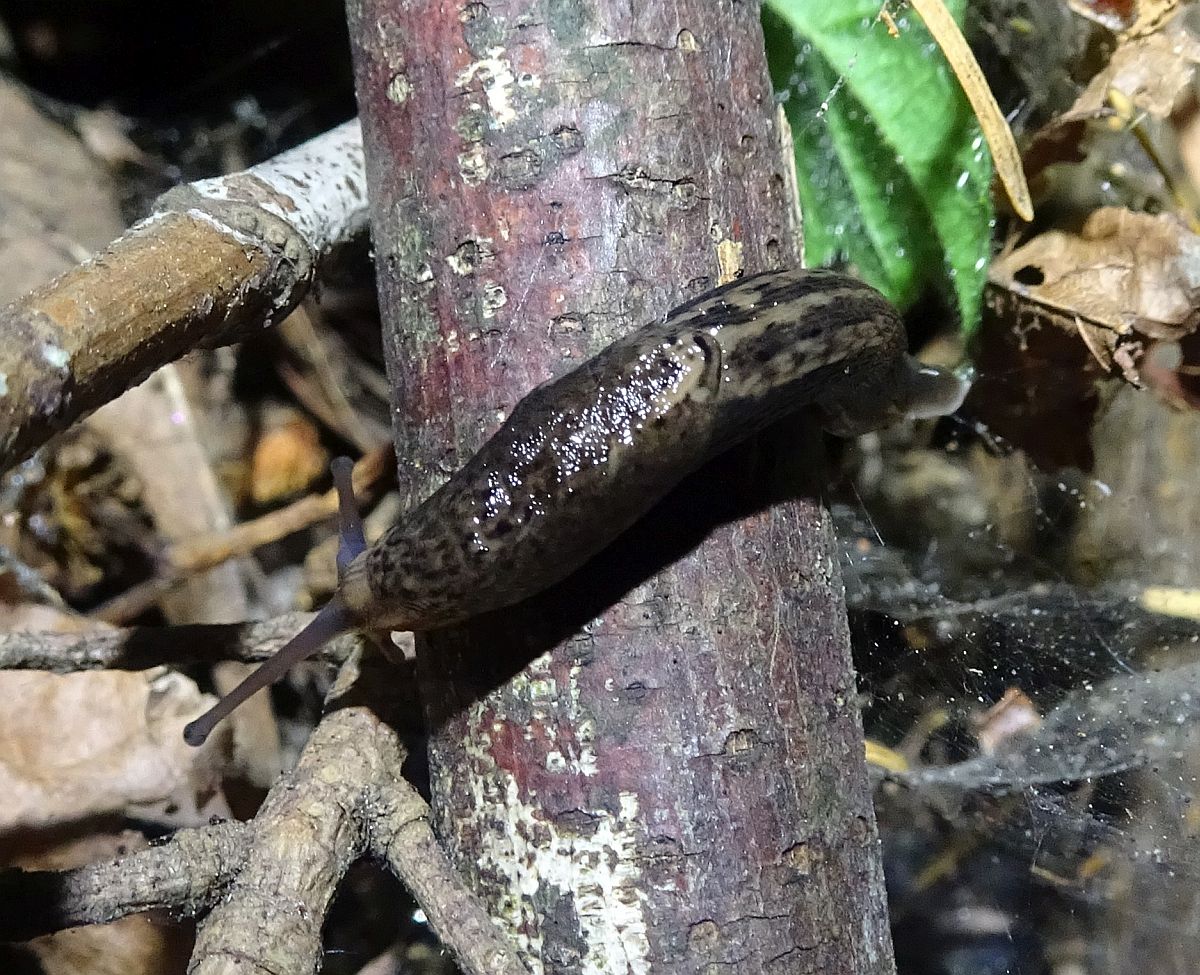
Great Grey or Leopard Slug Limax maximus (Pul.: Limacidae) Ian Cooper
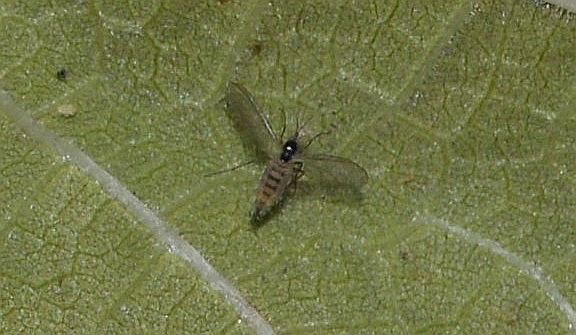
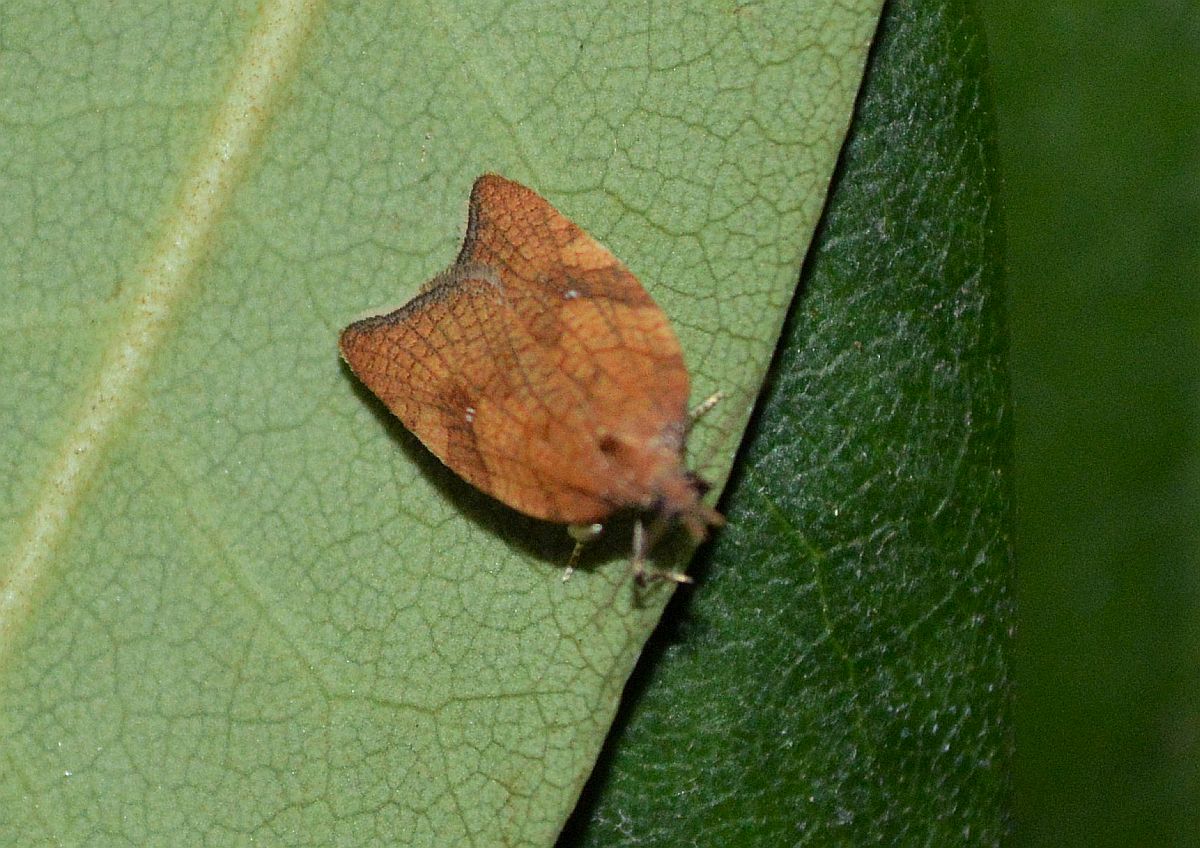
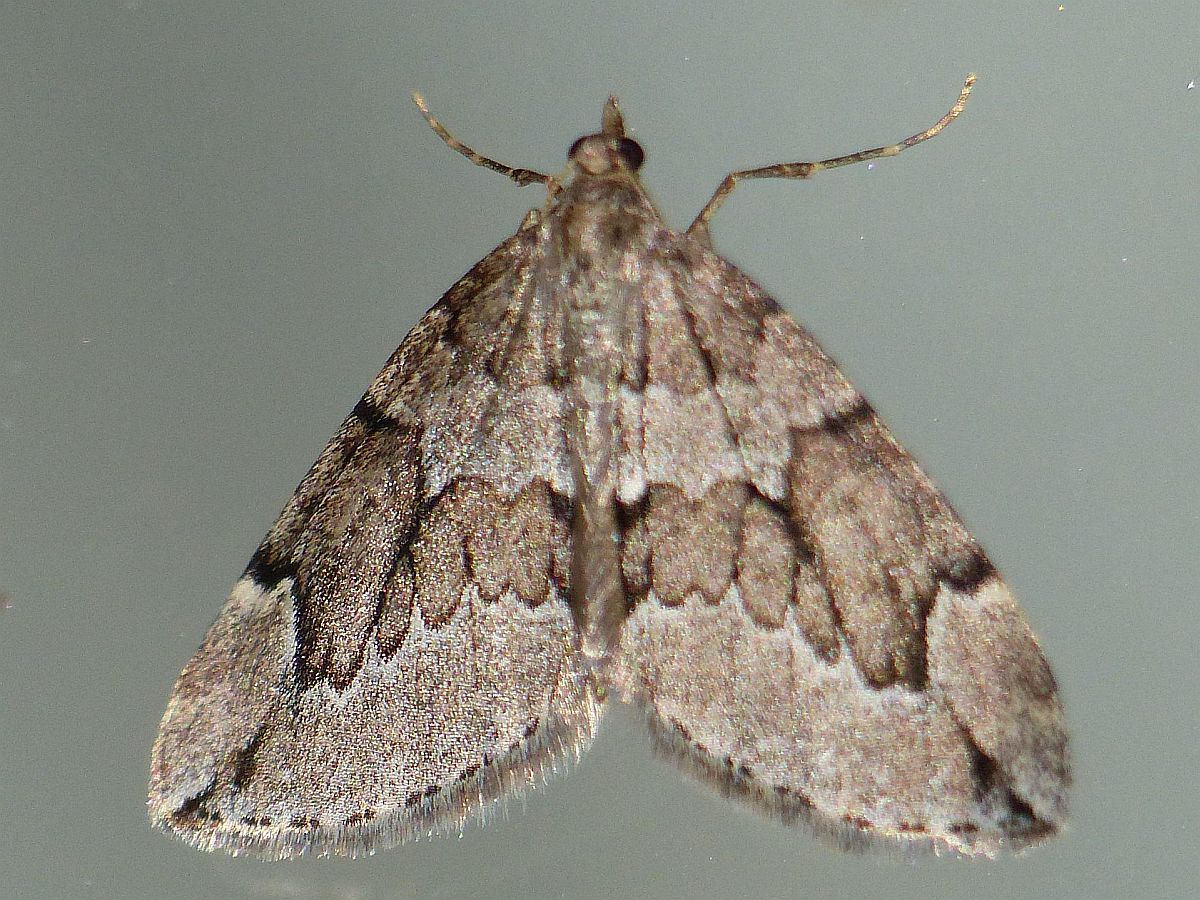
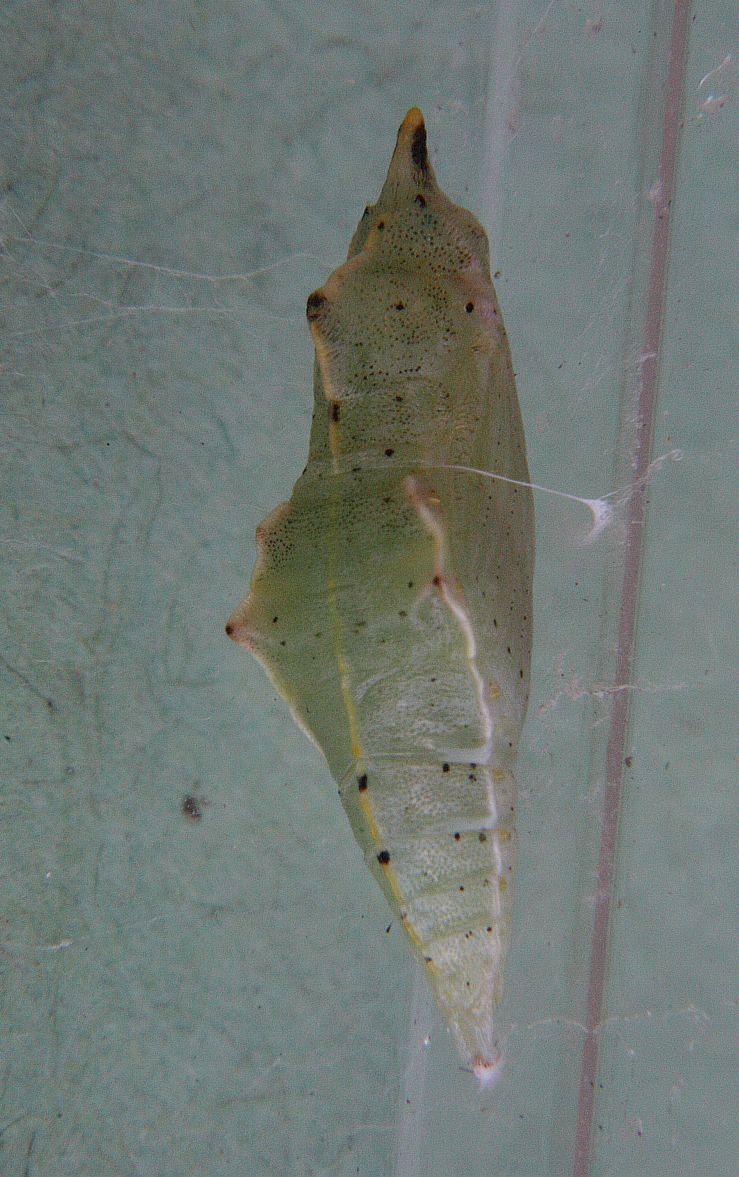



 Raspberry Weevil Otiorhynchus singularis (Col.: Curculionidae) Ian Cooper
Raspberry Weevil Otiorhynchus singularis (Col.: Curculionidae) Ian Cooper
